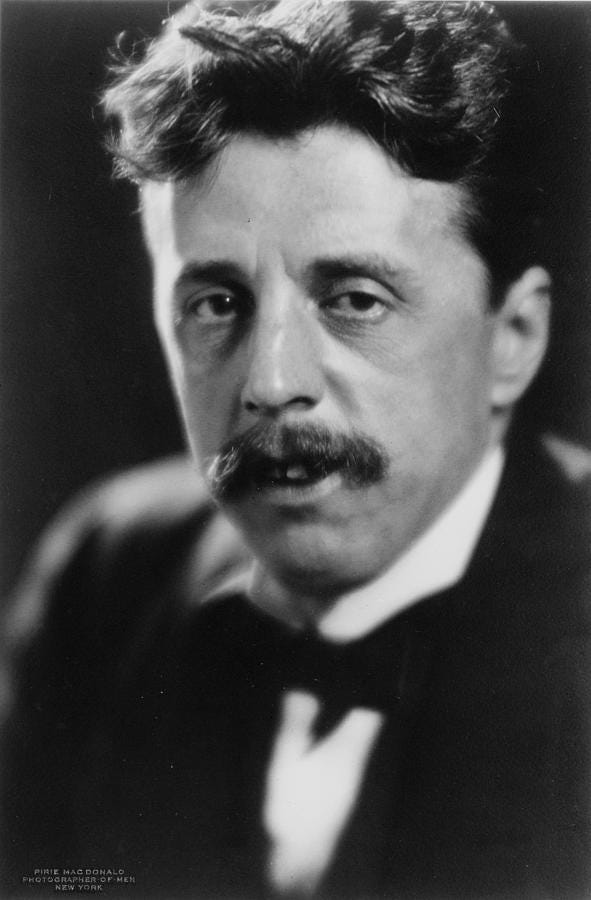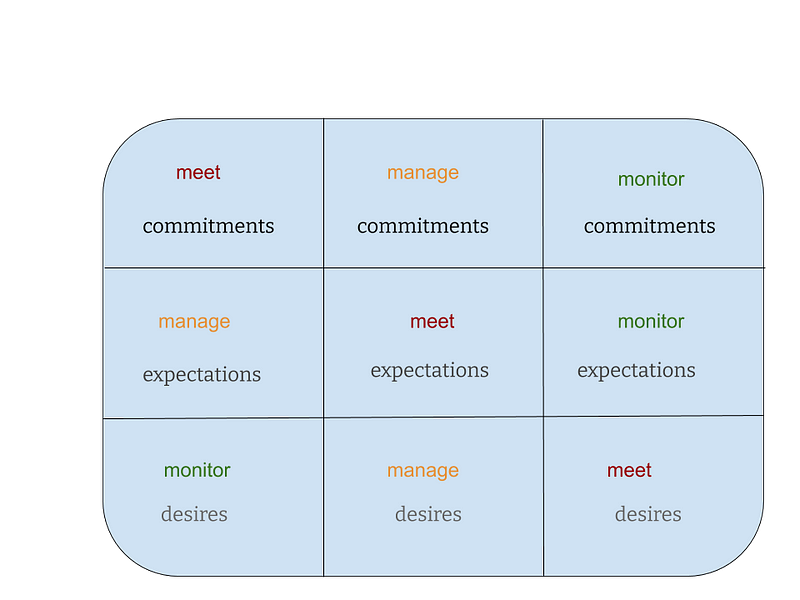Adapting a simple practice from world-class cyclists can help you achieve more with less effort

Photo by Markus Spiske on Unsplash
What can cycling and aerodynamics teach us about building habits and achieving goals more easily?
One word: drag. It’s a well-known term in aerodynamics, but one we also encounter when we try to build habits or overcome procrastination and get things done.
The faster an object tries to move, the more it encounters drag — the resistance of the air around it. If you’re trying to get somewhere quickly while expending the least amount of energy, drag becomes increasingly important to think about. Drag needs to be overcome and minimized.
But overcoming drag is not just a physical undertaking. We encounter other kinds of drag — namely when we try to form new habits or undertake new or difficult tasks we’ve been avoiding. Call it mental drag, if you like. But whatever you call it, it’s real. It’s what keeps us procrastinating and what keeps us from growing in the ways we’d like to.
But there’s good news. There are ways to overcome and minimize physical drag, that allow you to travel fast while expending less energy. And very similar principles can be applied when overcoming mental drag as well. But as with overcoming physical drag, it’s all about learning how to do it correctly.
Drag and Drafting
I remember when a cyclist friend of mine first explained how professional riders go as fast as they do for as long as they do during races. It’s a simple trick called drafting.
He told me that when you see cyclists riding almost wheel to wheel in a straight line like during a race, they’re drafting. They’re using a quirk of physics to their advantage — so they can go as fast as the person in front of them, while using significantly less energy.
Without getting too technical, the reason why drafting works is because the person (or vehicle) in front is piercing through the resistance of the air, and essentially creating a lower pressure wake of air behind them. Because that pocket of air behind the first rider is less dense, it provides less resistance to the rider right behind them.
In fact, the rider right behind the frontrunner in a group of cyclists can cover the same ground while using up to 40% less energy — just by drafting. Even the front runner gets a slight boost as well by having drafters behind. This is due to the lack of turbulent air filling in the void behind them.
If you think about it, this idea can also work in another area where we’re looking to minimize the energy we spend overcoming resistance: personal productivity and growth. Let’s see how the concept of drafting can work with developing new habits and overcoming procrastination.
Habit Drafting
When you’re trying to solidify new habits, the phenomenon of drag is all too real. And it’s not unlike physical drag. In fact, there are those new habits or tasks we’ve been procrastinating on that make us feel like it’s more difficult to physically get started.
Just think about the last time you tried to start a new morning routine. Whether it was stretching, yoga, meditation, journaling — you name it. It probably felt kind of like trying to run at the front of a pack of runners. You’re trying to cut through the air. You’re experiencing the drag.
So, take the model of cycling, and map it onto habits. Take a habit you really want to start, but it’s proving difficult. Link that up (wheel to wheel) with one you’re already reliably doing. Just like putting a weaker cyclist behind a stronger one, you get the benefit of having the front-running habit pull along the new habit. It becomes easier to do the new one, because you’re already doing the existing one with relative ease.
For example, I was recently talking with a friend who’s struggling to start working out, so she can get fit. She’d tried everything she could to get the habit going, but couldn’t. One habit she didn’t have trouble keeping up was picking up a few new novels from the library each week. She’s a voracious reader, and puts books on hold to pick up with excitement.
My suggestion to her was to link up the library habit with the working out habit. The process was: get in gym clothes before going to the library, pick up the book, then do the workout, and read afterward — or even read during the workout, during rest breaks or while on the stationary bike. Sure enough, it was easier for her to get in some workouts.
Task Drafting
Task drafting is essentially the same strategy as habit drafting, but instead of linking up habits, you’re linking up discrete tasks. And in many cases, you’re actually pairing two tasks that you may have been avoiding, but they become appealing when you can get them both done at once.
Years ago, I was teaching college courses as a side-gig — in addition to my full-time job. A few times during the semester, I’d have a pile of papers to grade — which I’d have to find time to do outside of the normal workweek. I had a lot of trouble getting myself to do them in a timely manner and often found myself waiting until the absolute last minute — which was always a nightmare.
Eventually, I got the bright idea to insert that task into other tasks I had to do as well, but during which I could also grade papers. At least one time per semester, I had to get each of our two cars’ oil changed. It often left me with about a half hour of time alone, where I could distract myself with little else. That became an easy pairing. It actually made both tasks easier, because I knew I’d be able to get two things done at once with relative ease.
Another great example is pairing phone calls to friends and family with light housework, or with the driving that takes place during errands that have been on your list for a while. Many times neither task is appealing on its own. But when you find two that you can get done at the same time, they become appealing to do — because you’re doubling your efficiency. Less mental drag, more productivity, more enthusiasm, more momentum for future tasks.
Go Forth and Draft
The more you can use drafting to link new, difficult habits to existing ones, the better your odds of success are. The same is true of linking up tasks you may have been putting off. You get the benefits of riding the momentum of something you were going to do anyway. You also feel the energy of realizing you can now do two things at once that you had been avoiding doing.
Of course, to do this well, you need to do some preparation. You’ll need to have some kind of list of tasks to look at for drafting opportunities. The same goes for your list of goals and habits.
The feeling you get when you do find these opportunities is itself energizing — and encourages you to try it more. As you do that, you find more ways to do more of the things you want using less energy.






















